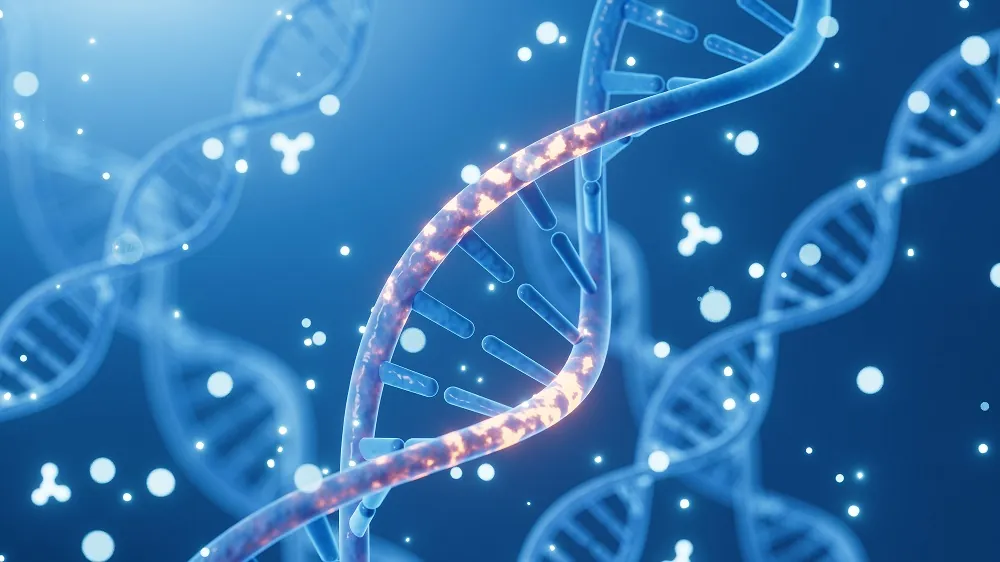In Aging Cell, researchers have found that exposing ordinary Black 6 mice to a more natural environment accelerates rather than slows the aging of their livers.
When natural doesn’t mean better
It is a well-known fact that laboratory animals live in controlled conditions beyond that of wild animals or even most pets. Temperature and food are regulated, and social interactions between animals are limited [1]. The lack of predation and competition means that captive animals, such as in zoos, often live far longer [2].

Read More
It has been suggested that these conditions have an effect on aging as well. In Wales, a population of house mice, which are similar to the standardized Black 6, were captured and epigenetically analyzed through their feces; these mice were found to age more rapidly than laboratory mice in a handful of ways [3]. Of course, these mice are still not quite the same at the genetic level, so the results of such a comparison will always be murky.
For a cleaner look at environmental effects, the same mice must be exposed to different environments, which is exactly what these researchers did. At two weeks of age, a population of mice was taken into a field enclosure that protected them from predators but not the elements or other environmental effects. The livers of these mice were compared to those of a standard, laboratory-raised control group.
Faster aging in nearly every way
Animals reared in the laboratory, as expected, mostly age in similar ways to animals in a less controlled environment; nearly all of the changes occur in the same way, with slightly over 11% of age-related epigenetic changes occurring in opposite directions; nearly all of these were epigenetic sites becoming hypermethylated in field animals but hypomethylated in lab animals. Fewer than 1% of the total sites were hypomethylated in the field while being hypermethylated in the lab.
However, for nearly all of the sites that were methylated in the same way, the animals in the field were found to age faster; in some ways, much faster. For hypermethylations, 96% of the sites aged nearly twice as rapidly; every single analyzed site aged more rapidly in the field than the lab. For hypomethylations, 66% of the sites aged an average of 28% more quickly, with 94% of these sites aging more rapidly in the field than the lab.
The researchers took a close look at the specific sites involved. Hypermethylated sites were largely related to epigenetic changes with replication [4] along with stem cell proliferation, and these data suggested an increased risk of cancer [5, 6]. Hypomethylated sites were related to transcription factors that govern the function of liver cells.
More stress on the liver
In mice that were introduced into the field during adulthood rather than infancy, the results were largely similar but with crucial differences. Specifically, these mice were suspected of having more rapid DNA damage, as determined by epigenetic methylation happening more rapidly in sites bound by two DNA repair genes [7]. There was also hypermethylation of sites related to the binding ISL1, an insulin regulator, in a way that suggests that the mice were burning more fat [8].
Re-wilding animals exposes them to many different sources of stress. This work focused specifically on the liver, which the researchers recognize as being central in processing environmental toxins. However, it is also possible that inter-social stresses in mice helped to bring about the overall outcome, and the mice also faced challenges related to natural weather.
For the public, the most crucial revelation about this study may be the confirmation that rather than living a supposedly high-stress life, normal laboratory mice live in an environment with some of the least stress possible and exposure to stress ages them more rapidly, at least in the liver. The researchers expressed their intention to do future work on other tissues, some of which are less environmentally sensitive. Future work that focuses on toxin processing or repairing environmental-related damage may find a more promising start in outdoor-raised mice rather than mice raised in strict laboratory conditions.
Literature
[1] Zipple, M. N., Vogt, C. C., & Sheehan, M. J. (2023). Re-wilding model organisms: opportunities to test causal mechanisms in social determinants of health and aging. Neuroscience & Biobehavioral Reviews, 152, 105238.
[2] Tidière, M., Gaillard, J. M., Berger, V., Müller, D. W., Bingaman Lackey, L., Gimenez, O., … & Lemaître, J. F. (2016). Comparative analyses of longevity and senescence reveal variable survival benefits of living in zoos across mammals. Scientific reports, 6(1), 36361.
[3] Hanski, E., Joseph, S., Raulo, A., Wanelik, K. M., O’Toole, Á., Knowles, S. C., & Little, T. J. (2024). Epigenetic age estimation of wild mice using faecal samples. Molecular ecology, 33(8), e17330.
[4] Zhou, W., & Reizel, Y. (2024). On correlative and causal links of replicative epimutations. Trends in Genetics.
[5] Teschendorff, A. E., Menon, U., Gentry-Maharaj, A., Ramus, S. J., Weisenberger, D. J., Shen, H., … & Widschwendter, M. (2010). Age-dependent DNA methylation of genes that are suppressed in stem cells is a hallmark of cancer. Genome research, 20(4), 440-446.
[6] Schlesinger, Y., Straussman, R., Keshet, I., Farkash, S., Hecht, M., Zimmerman, J., … & Cedar, H. (2007). Polycomb-mediated methylation on Lys27 of histone H3 pre-marks genes for de novo methylation in cancer. Nature genetics, 39(2), 232-236.
[7] Schumacher, B., Pothof, J., Vijg, J., & Hoeijmakers, J. H. (2021). The central role of DNA damage in the ageing process. Nature, 592(7856), 695-703.
[8] Zhao, F., Ke, J., Pan, W., Pan, H., & Shen, M. (2022). Synergistic effects of ISL1 and KDM6B on non-alcoholic fatty liver disease through the regulation of SNAI1. Molecular Medicine, 28(1), 12.









































